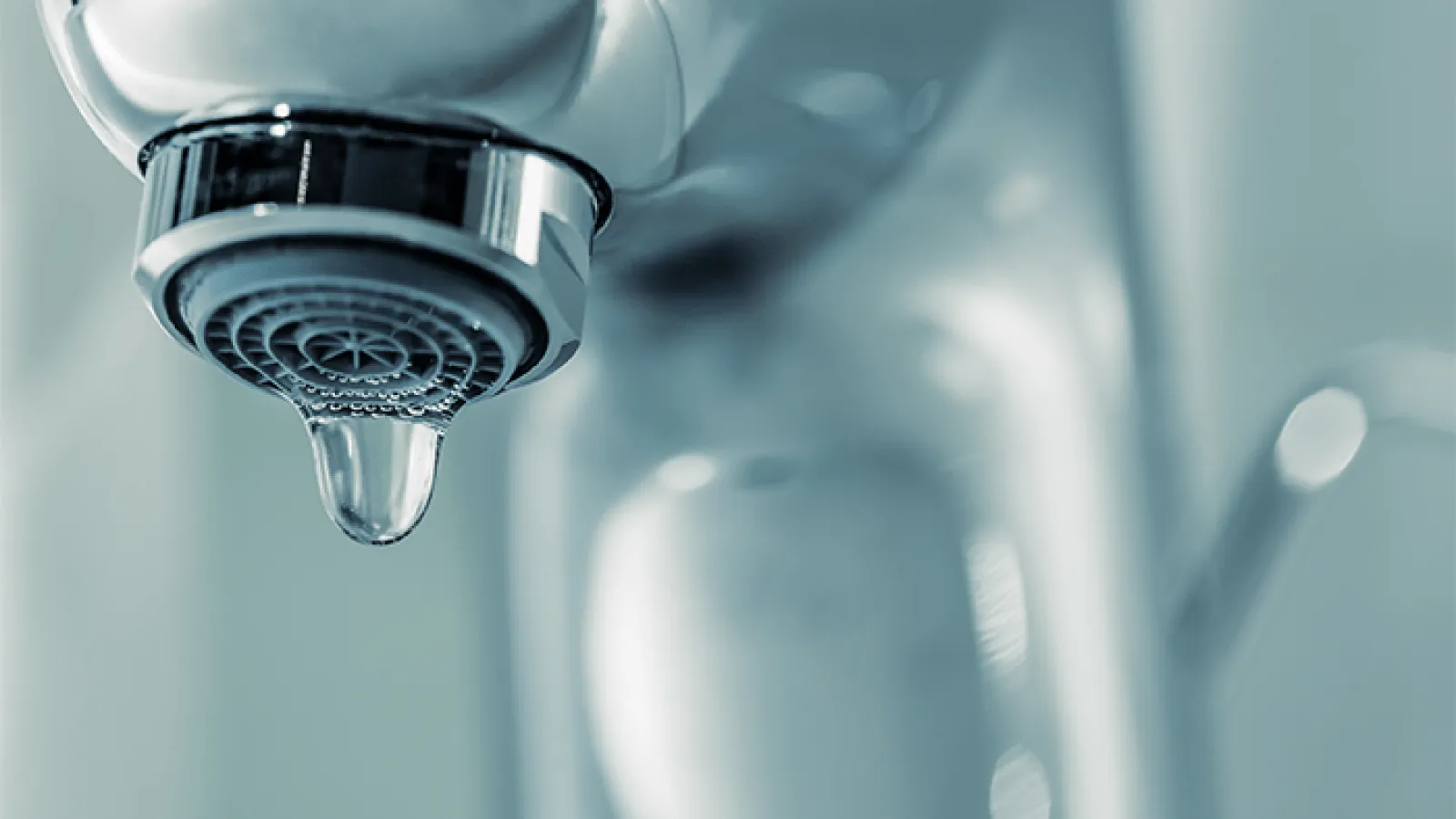Plumbing equipment includes many different tools. Each tool has a specific purpose and should be used in a certain way. For example, pipe fittings are used to join pipes and ensure proper placement. If you’re not sure which tools you need, you can read a buyers guide to plumbing equipment and make a more informed decision.
Plumbing equipment is used to install and maintain water, gas, and fuel pipes, as well as water closets, garbage disposal units, and waste pipes. It also includes appliances like lavatories, bathtubs, shower baths, and catch basins. All of these fixtures connect to water, sewer, or fuel lines. These fixtures need to work properly and safely, so proper maintenance is essential. Proper installation and repair is essential for ensuring a smooth plumbing experience for customers.
Proper plumbing equipment is essential for completing plumbing jobs and can save you money and time. When choosing plumbing tools, consider the type of project you’re undertaking, and your budget. Remember that the most expensive plumbing tools aren’t always the most effective or important ones. Select tools that fit your needs and your budget, and you’ll be saving yourself money and time. If you’re a newbie plumber, starting with less expensive tools will ensure your project runs smoothly and will save you time.
Another essential piece of plumbing equipment is the drain snake. This tool features a long metal cable that feeds from a circular drum. Its handle extends into the drain to remove clogs. If a drain snake is not a practical option, plumbers may use a toilet or sink auger.
Pipe cutters can be used to cut up copper and plastic piping. Pipe cutters come in several models, so there are plenty of options to choose from. Likewise, a plumber can use a plumber’s torch to seal copper piping. This small handheld unit can apply intense heat where it is needed.
A basin wrench is another essential plumbing tool. Its long shaft and swivel jaws enable plumbers to work in confined spaces. Plumbing wrenches can also be used to tighten nuts on sink faucets. A basin wrench is also essential for tightening faucet nuts. Its long shaft and swivel jaws make it easier to access tight spaces in the sink.
Pressure-reducing valves control the flow of water through a pipe, allowing thinner-walled pipe to be installed. These valves can be installed on individual services, as well. They also prevent hot water tanks from overflowing. They sense the level through the pressure line. Then they open and close the inlet pipe to relieve pressure.





